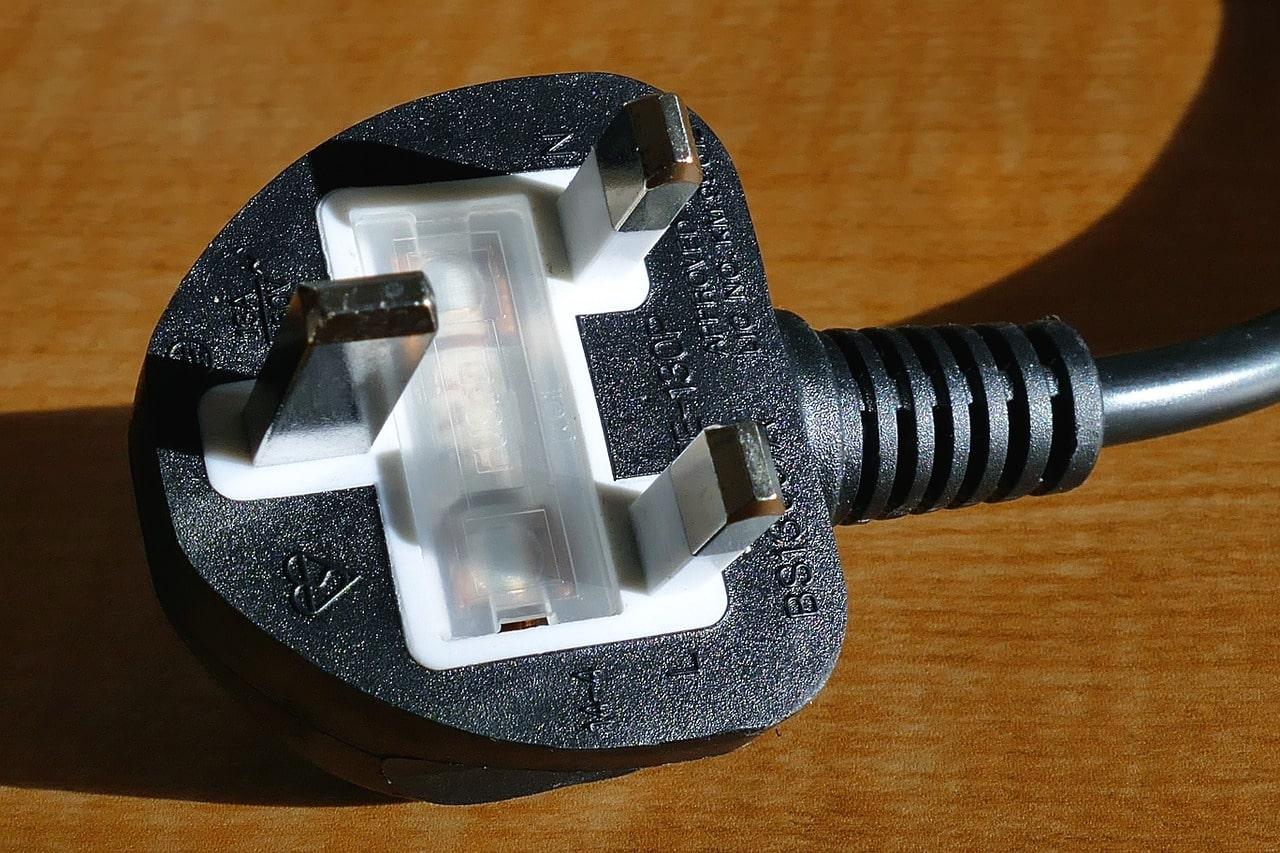
Bad wiring increases the possibility of fire, arc faults, power surges, and other severe consequences. Electrical wiring problems may include loose electrical panel and box connections, insufficient antioxidants on aluminum wires, damaged electrical panels, and ground faults. Discussed below are five signs of bad wiring in your house.
1. Hot outlets
While most electrical appliances produce heat during operation, the outlet shouldn’t get hot. Upon noticing heat at any outlet, unplug the cords immediately and avoid using the outlet until troubleshooting is done. You should also treat switch cover plates the same way, except for dimmer switches, as they get warm to touch. This is because excess electrical energy is dissipated when creating the dimming effect.
Switch cover plates shouldn’t be uncomfortably hot to touch. Due to excess heat, you should always look at the wattage before installing a dimmer switch. Find a certified, experienced electrician like this Squamish electrician for professional electrical works.
2. Flickering lights
While flickering of lights can be due to harmless reasons such as incompatible dimmer switches or loose light bulbs, it could also imply bad wiring, including faulty electrical components or overloaded circuits. Since light fixtures usually use small amounts of power, the fixture rarely causes flickering or dimming. The problem could be most likely with energy hogs such as space heaters or major appliances wired to the same circuit.
Heating or cooling appliances usually use a lot of power, meaning dimming could be because a washing machine draws energy to heat water. Seek advice from an electrician regarding flickering lights or install dedicated lines for the most vital appliances.
3. Frayed electrical cords
Frayed electrical cords are signs of deteriorating wires and can be very dangerous. Touching the exposed wires causes an electric shock. Fraying electrical cords destroy the insulation that safeguards against electrocution or shocks. When the plastic covering or protective rubber wears away, the wires beneath are exposed to moisture and may also fray, making them more susceptible to short-circuiting, which can cause a shock.
While natural wear and tear impact electrical cords, replacing worn-out, old, or faulty electrical appliances and their cables can help protect your family and property. Frayed wires can result in a fire or smoke and generate deadly carbon monoxide. They may also melt the surrounding insulation releasing toxic fumes and causing a fire hazard. Avoid using frayed wires and dispose of them immediately.
4. Sparking
Spars from electrical outlets may not always signify a problem, but they are a cause for concern. If sparks are due to faulty wiring, they may cause an electrical fire. When too much heat accumulates in an outlet and the wires’ insulation melts, the electrons can leap to the wrong side if a connection is made, causing a short circuit. Brief sparks from your outlets may not be a concern, but you should get the outlets replaced if they occur regularly.
5. Burning odor
If your electrical system’s wiring generates heat strong enough to melt the plastic sheathing, you may experience the smell of something burning. This increases the risk of a fire. Hire an electrician to determine the source of the problem and fix it.
Endnote
Poor electrical wiring can be hazardous for you and your property. Look out for these signs of faulty wiring in your house.





